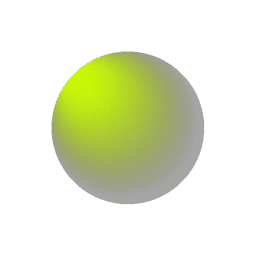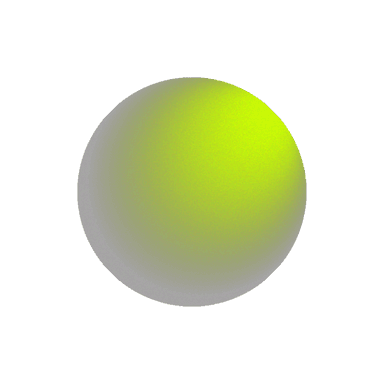How to Design a Hero Section That Hooks Users in 5 Seconds

When users land on your website, they make an immediate judgment—often within the first five seconds—about whether they’ll stay or leave. The hero section, that prime real estate at the top of the page, is your chance to make a great first impression and grab their attention immediately. If your hero section fails to convey your value proposition quickly and clearly, users will bounce before they even explore further.
The hero section is the digital equivalent of a storefront window. It’s where you showcase what’s most important, set the tone for the rest of the site, and guide users toward taking action. This section needs to load quickly, look appealing, and tell a clear story.
In this article, we’ll explore what makes a hero section effective, the design principles behind it, and how a fashion brand improved its click-through rates by replacing an auto-rotating banner with a static, well-designed image and a clear message.

Why Your Hero Section Matters
The hero section is often the first thing users see when they visit your site. It’s where you have the opportunity to:
-
Convey your brand identity
-
Make a strong first impression
-
Guide the user to the next step (e.g., shopping, signing up, or learning more)
The Problem with Overcomplicating Hero Sections
Many websites overcomplicate their hero sections with things like auto-rotating banners, excessive animations, or too much text. While these can be visually interesting, they tend to create friction for users. Here are some common issues with overcomplicated hero sections:
-
Slow load times: Auto-rotating banners with large images or multiple elements increase loading times, frustrating users who expect instant access.
-
Confusion: Multiple messages or sliders confuse users about what your website is really offering.
-
Attention drift: Users may lose focus, especially if the banner automatically moves or changes too frequently.
If a visitor doesn’t know exactly what they’re looking for, they want to be able to quickly assess whether your site can help them. If they don’t get that sense in a few seconds, they’re likely to leave.
Key Elements of a High-Performing Hero Section
1. Clear, Compelling Message
Your headline needs to communicate exactly what your users will get from your site. Whether it’s a unique selling point (USP), a current promotion, or a value proposition, make sure the message is short, clear, and directly addresses user needs.
For example:
-
“50% Off Today Only!”
-
“Shop the Latest Collection”
-
“Get Started with Our Free Trial”
2. A Strong Call-to-Action (CTA)
Your hero section must contain a prominent, action-driven button. This is where the user will go next—whether it’s to shop, subscribe, or learn more. The CTA should be bold, visible, and action-oriented. Avoid vague terms like “Submit” or “Click Here.” Instead, try:
-
“Shop Now”
-
“Sign Up Free”
-
“Get Started Today”
3. Engaging Visuals
The visuals in your hero section should immediately support your message and engage your users. Avoid clutter and overcomplicated visuals. Your image or video should evoke the right emotion and provide a visual cue to the value you’re offering. It could be:
-
A product shot or model using the product
-
A clean, simple background that doesn’t distract from your message
-
A video background that explains or showcases what your business offers (but make sure it’s not distracting or slowing down the page)
4. Speed and Performance
The hero section is often an image-heavy section. It’s critical that this section loads quickly, as slow-loading pages lead to increased bounce rates. Use optimized images (like WebP) and avoid complex elements that can hinder load speed.
Case Study: Fashion Brand Simplifies Hero Section and Doubles Click-Through Rate
A fashion e-commerce platform relied on a rotating hero banner at the top of their homepage to showcase current sales and new arrivals. The banner would automatically rotate between several promotional messages—each lasting around 5 seconds—giving users very little time to absorb the information.
The Issues:
-
Slow load times due to large image files and multiple rotating elements
-
User confusion: Visitors often couldn’t grasp the primary message before the banner changed
-
No clear CTA: The CTA was hidden or unclear, making it difficult for users to take action
What They Did:
-
Replaced the rotating banner with a single, static image showcasing the main offer (“50% Off Today Only”) and a bold CTA (“Shop Now”).
-
Used a simple, high-quality image of their best-selling product, ensuring the focus was on the message and CTA.
-
Optimized the image for fast loading and eliminated unnecessary animations or transitions.
The Results:
-
Click-through rates on products doubled within the first week.
-
Bounce rates decreased significantly, especially among first-time visitors.
-
Users spent more time on the page as they were immediately drawn to the offer and clear action.
The switch from a slow, rotating banner to a clear, static message with a straightforward CTA made all the difference. This simple change improved not just the user experience, but the bottom line.
Key Takeaways for Designing Your Hero Section
1. Keep It Simple
Avoid clutter. Focus on a single, compelling message and make it clear what the user should do next.
2. Fast and Responsive
Ensure that your hero section loads quickly by optimizing images and reducing complex elements. Mobile-first design is crucial—ensure the hero section looks great on both desktop and mobile devices.
3. Strong Visuals
Use high-quality, engaging visuals that align with your message. Keep it simple—too many elements will distract users.
4. Clear and Actionable CTAs
Your CTA should be easily visible and direct users toward the next step—whether it's exploring products, signing up, or making a purchase.
Conclusion:
The hero section is your website’s first impression, and it should work hard to engage users immediately. When done right, it conveys your brand’s message, offers value, and directs users to the next action—all in a matter of seconds.
If your hero section is cluttered, slow, or confusing, you're losing users before they even start exploring your site. However, by simplifying your design, clarifying your message, and improving speed, you can increase engagement, reduce bounce rates, and ultimately boost conversions.


Subscribe to follow product news, latest in technology, solutions, and updates
Other articles for you
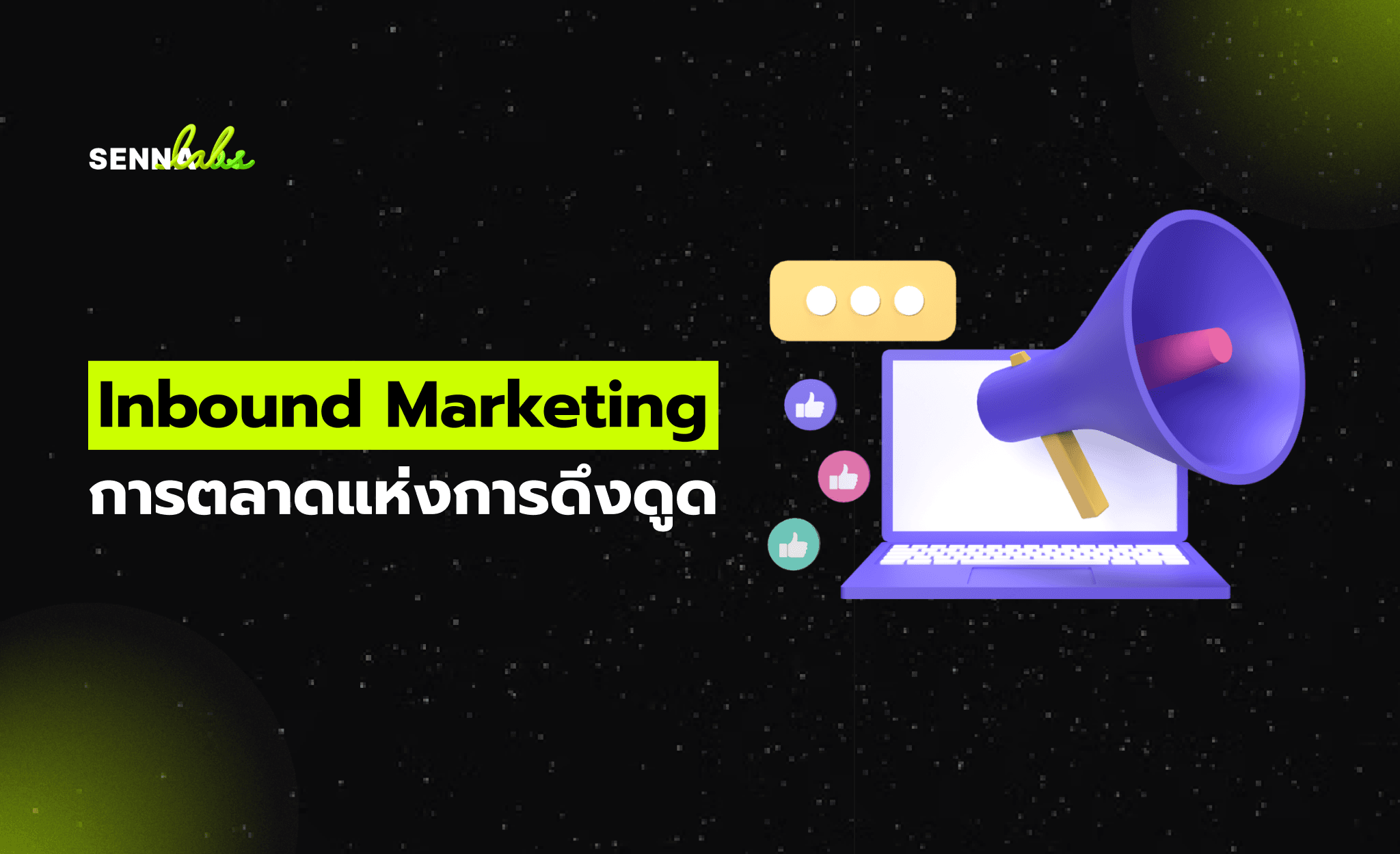
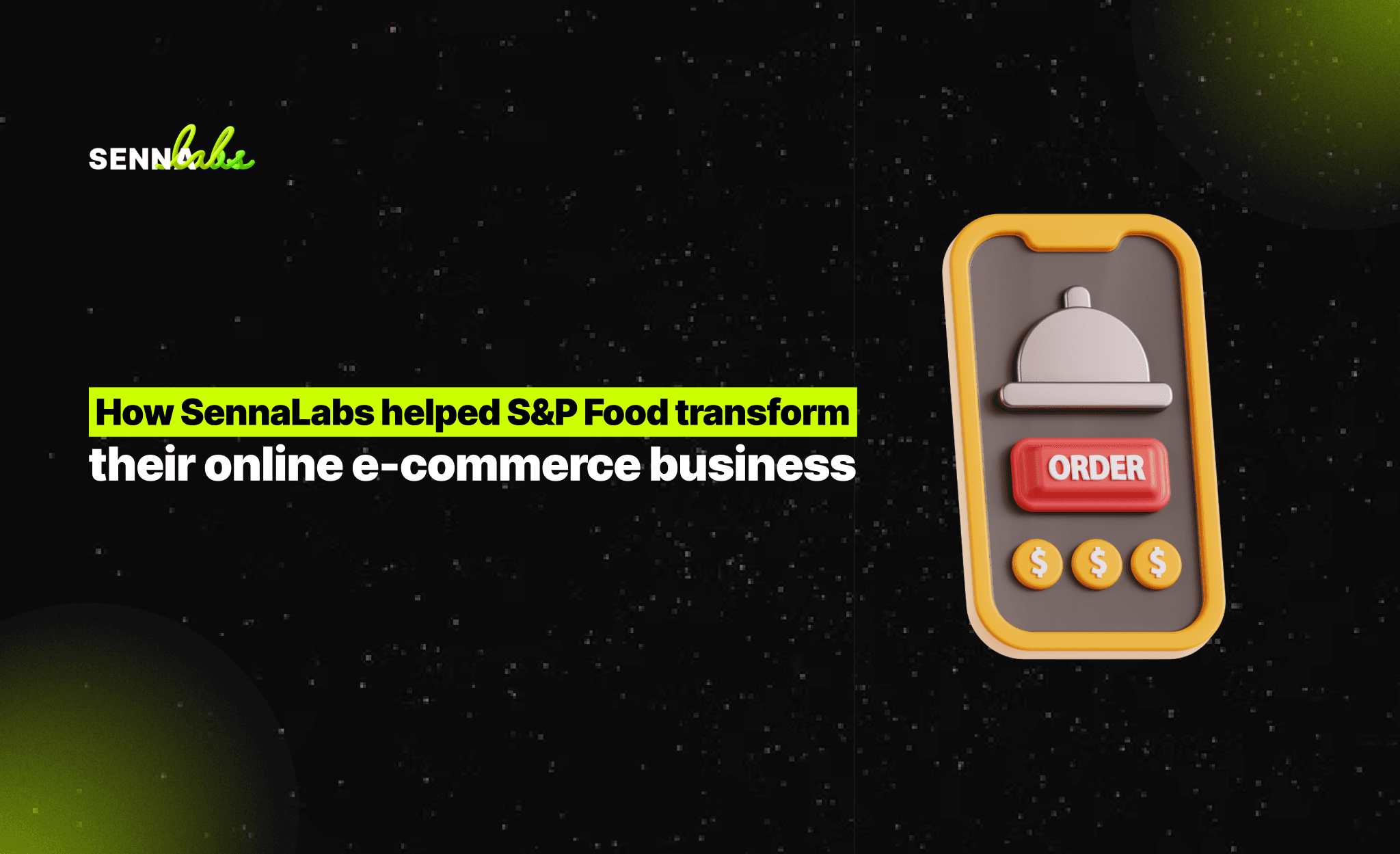
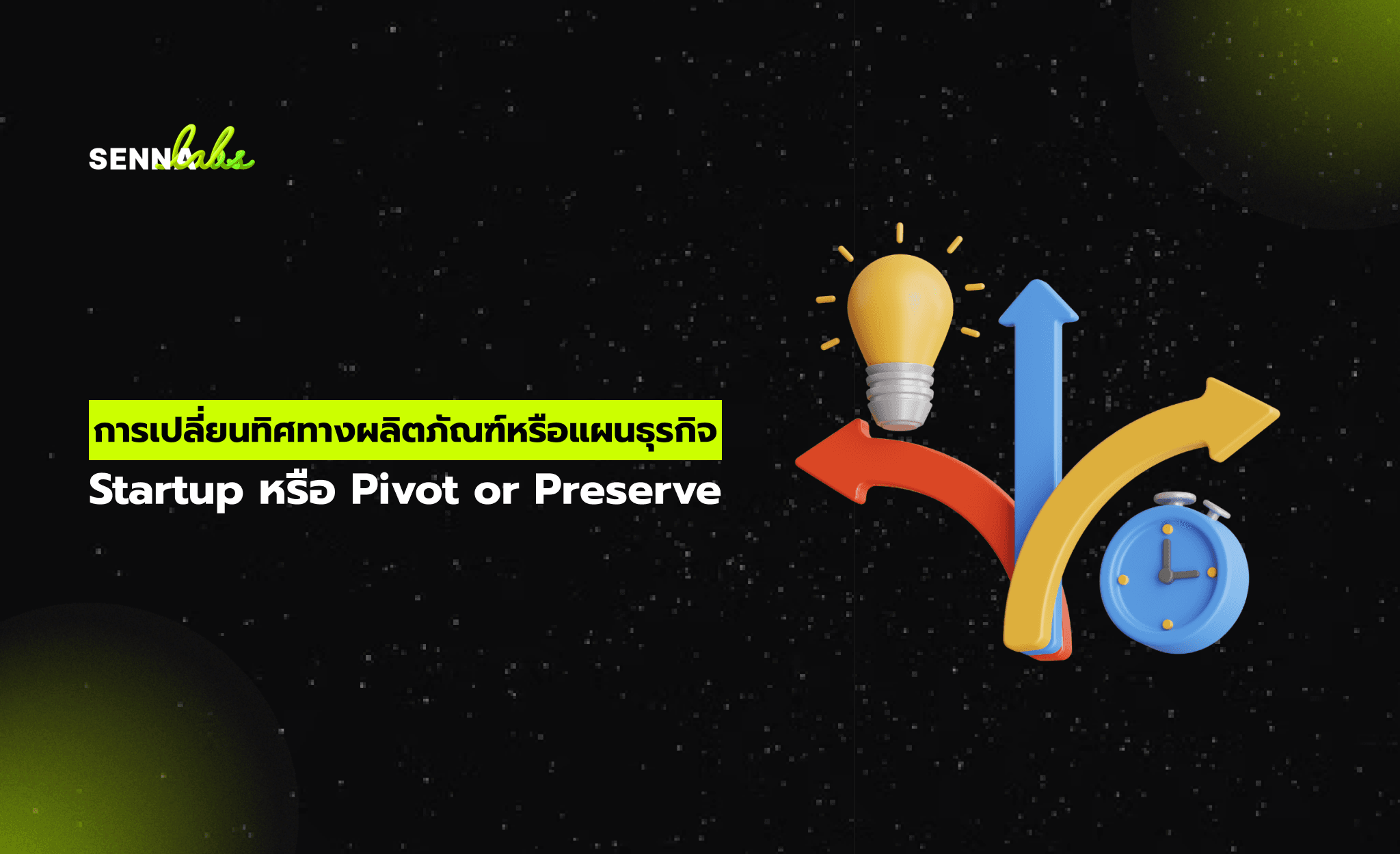
Let’s build digital products that are simply awesome !
We will get back to you within 24 hours!Go to contact us Please tell us your ideas.
Please tell us your ideas.





